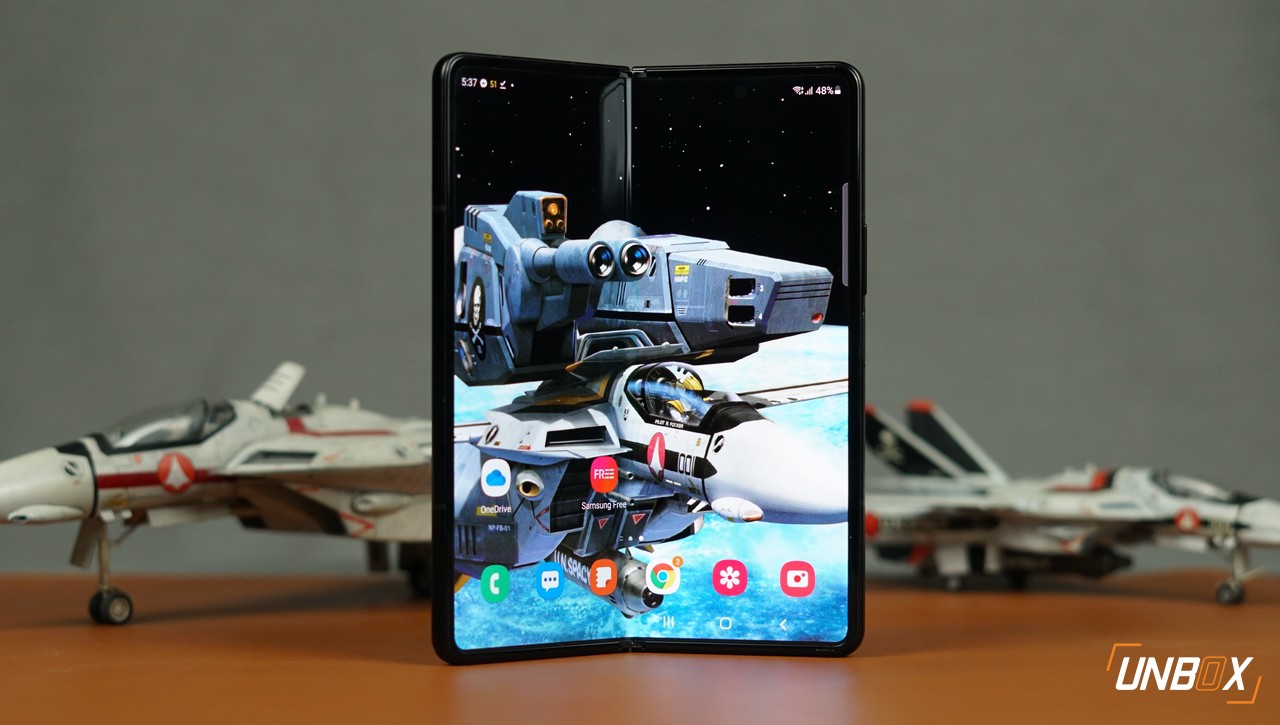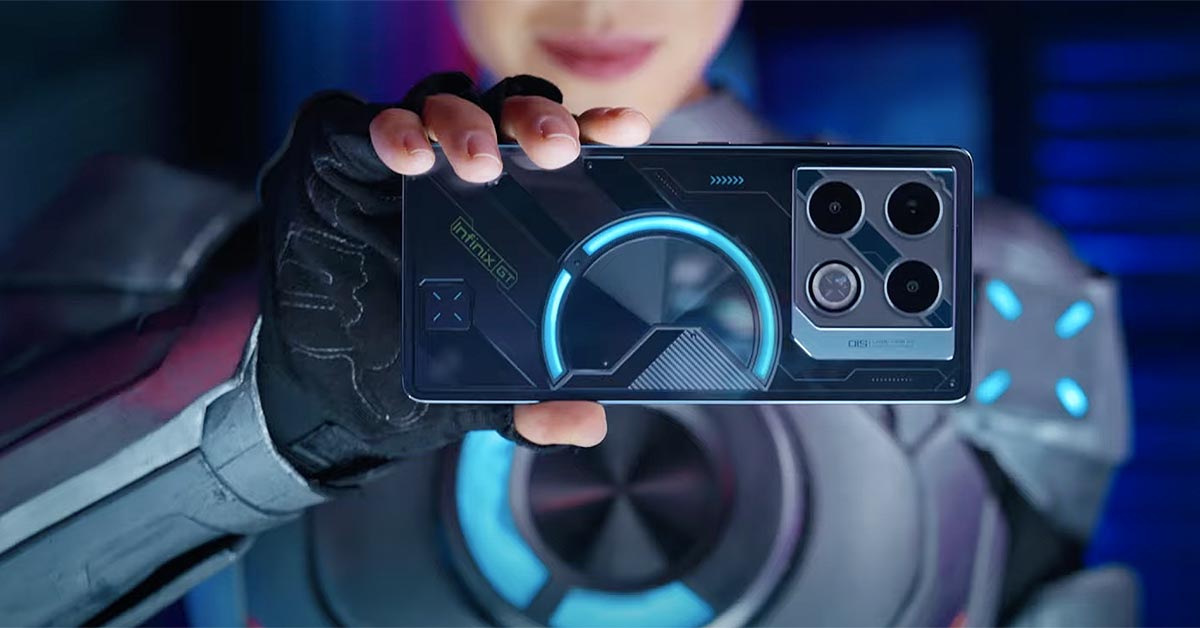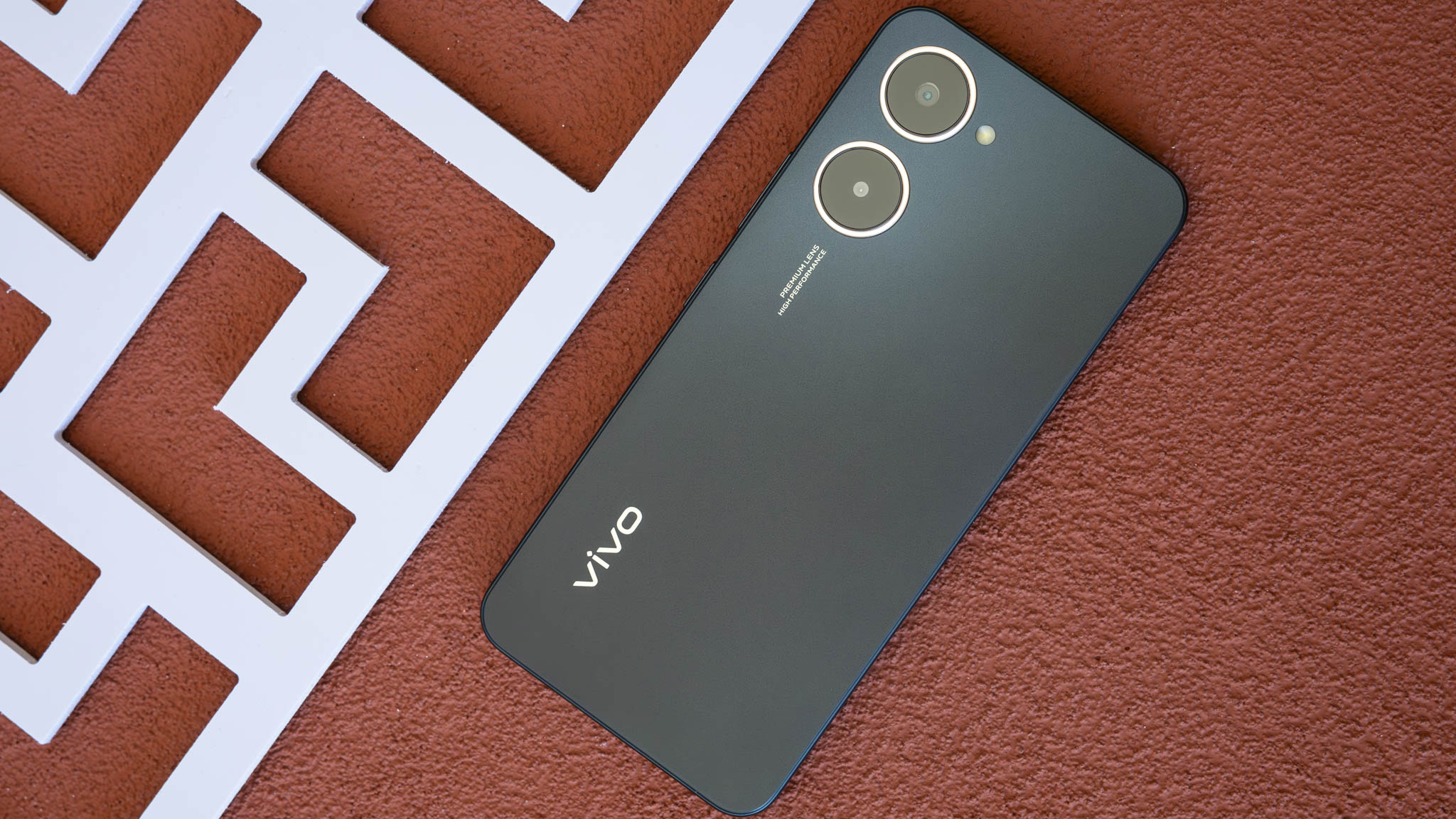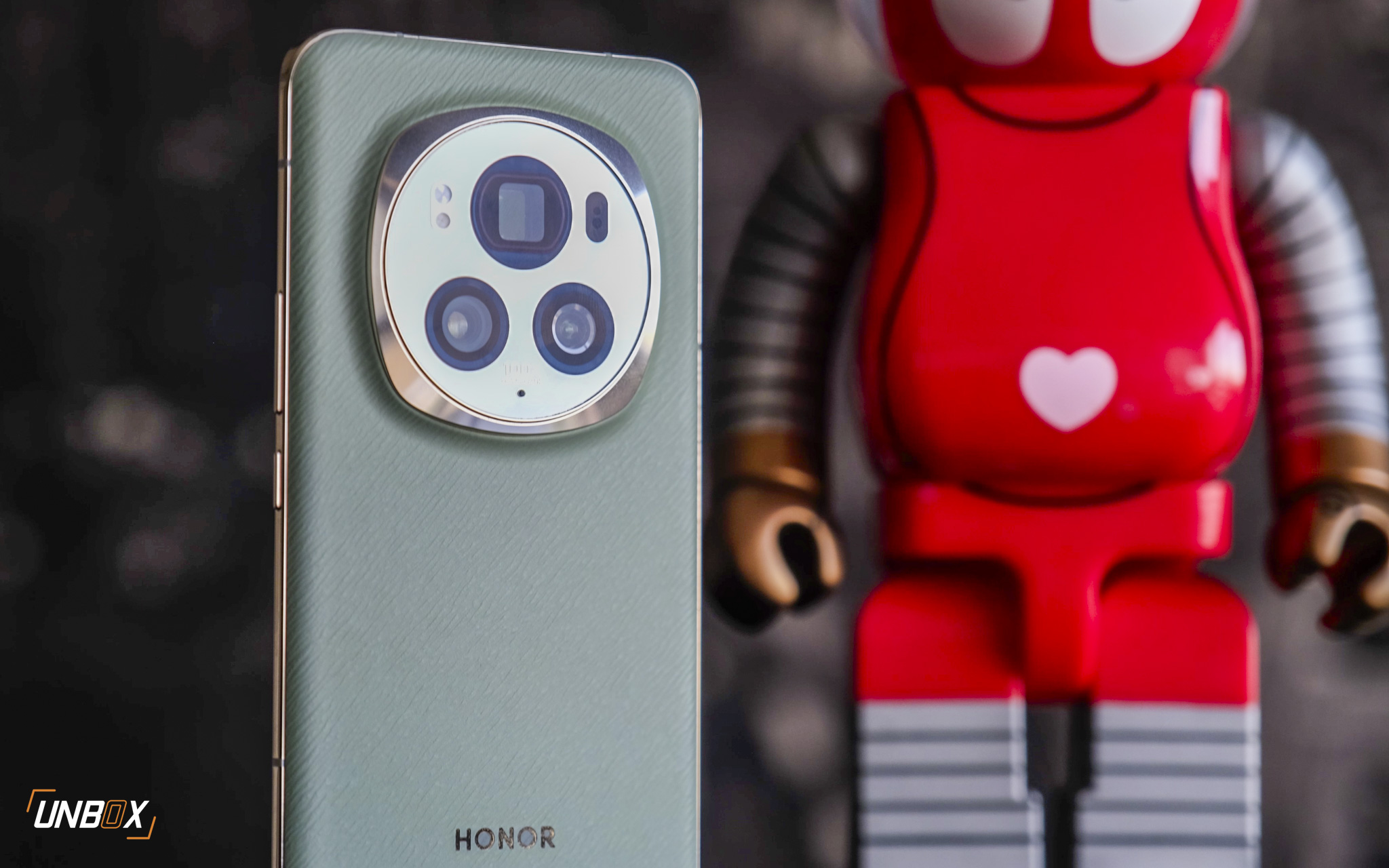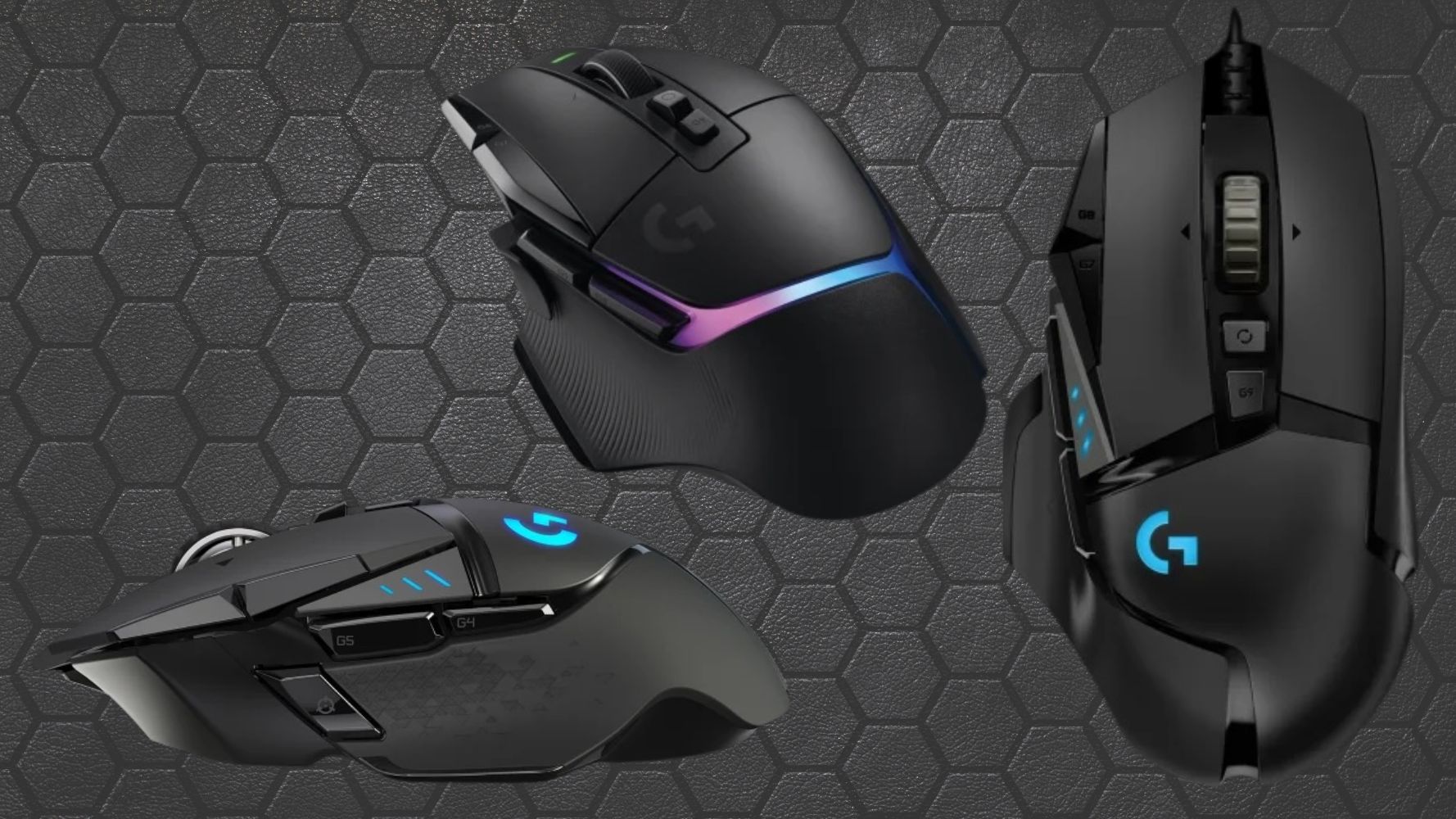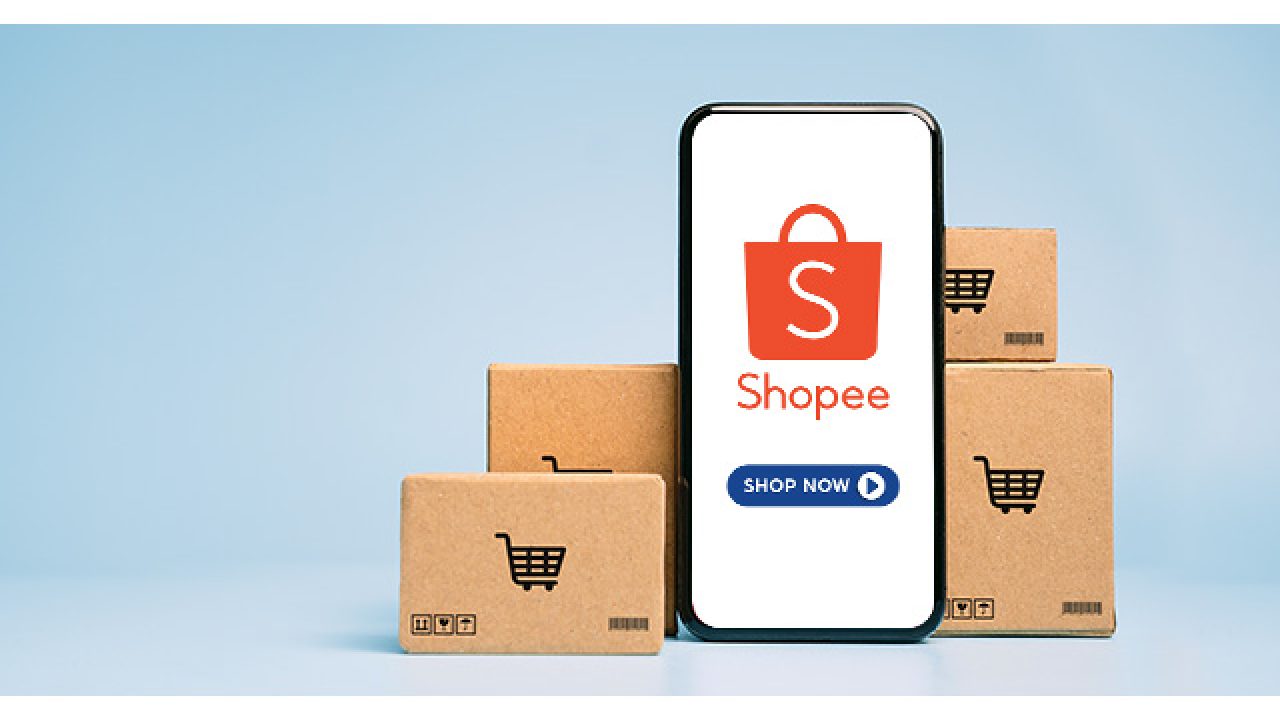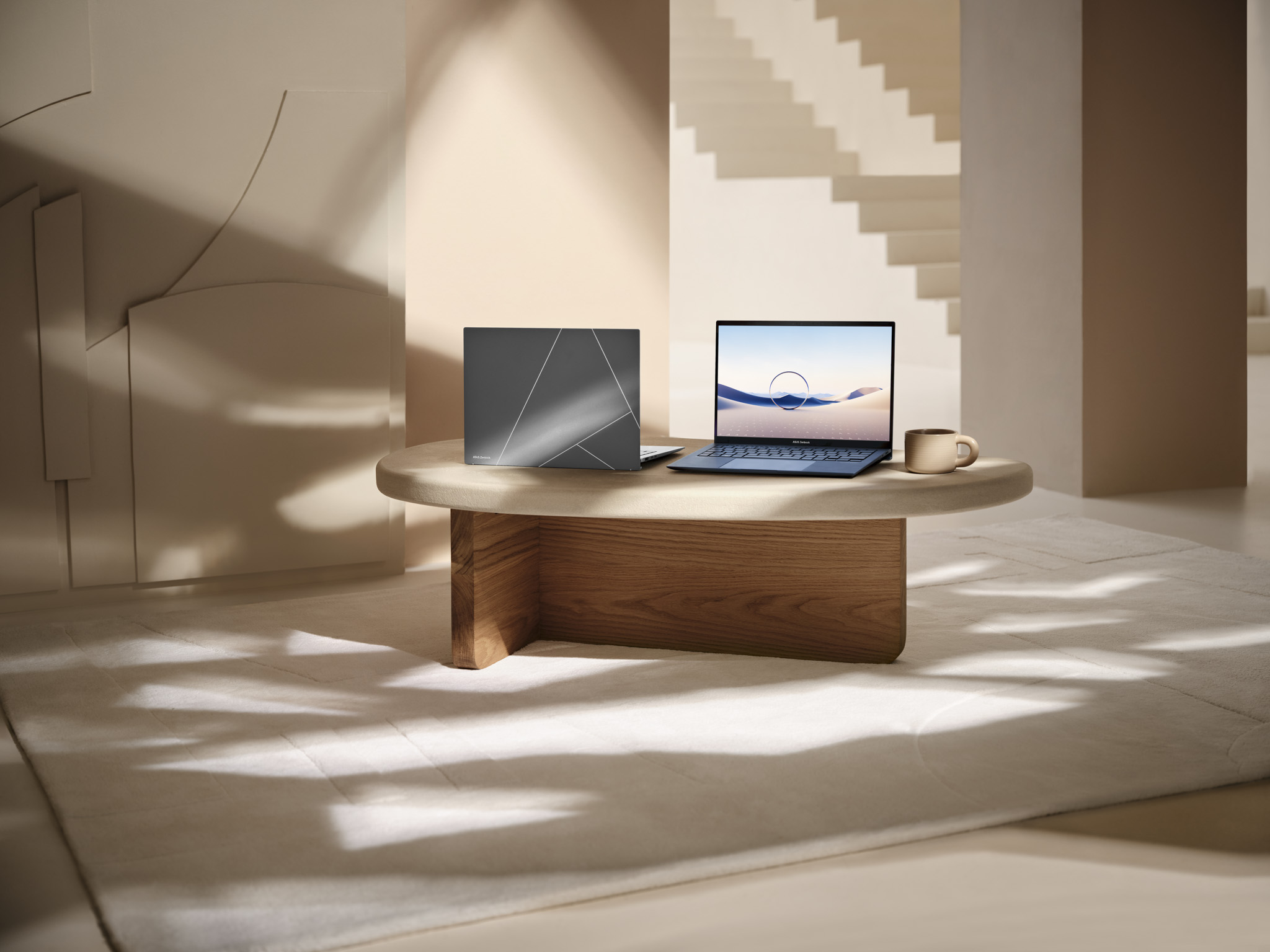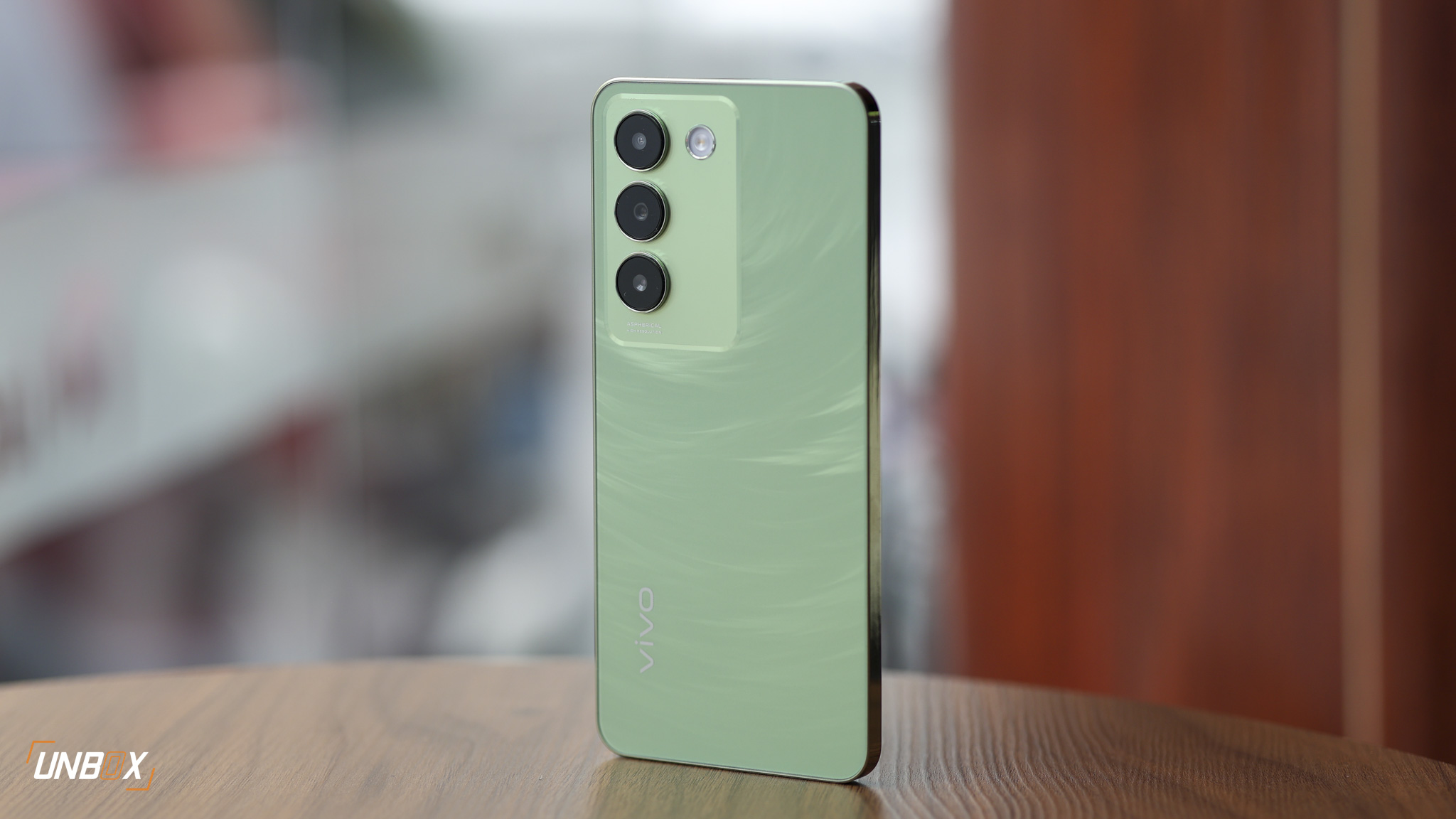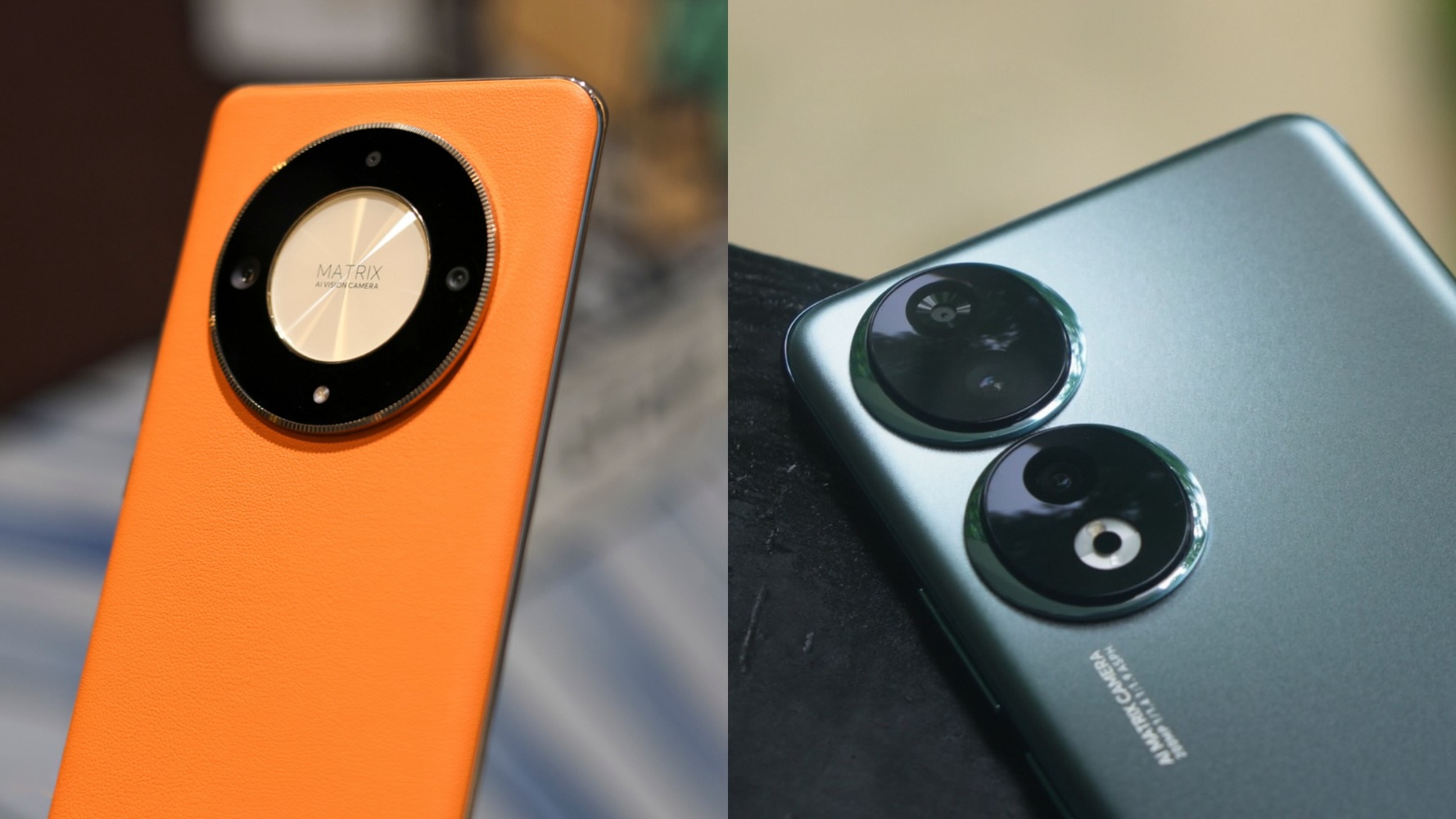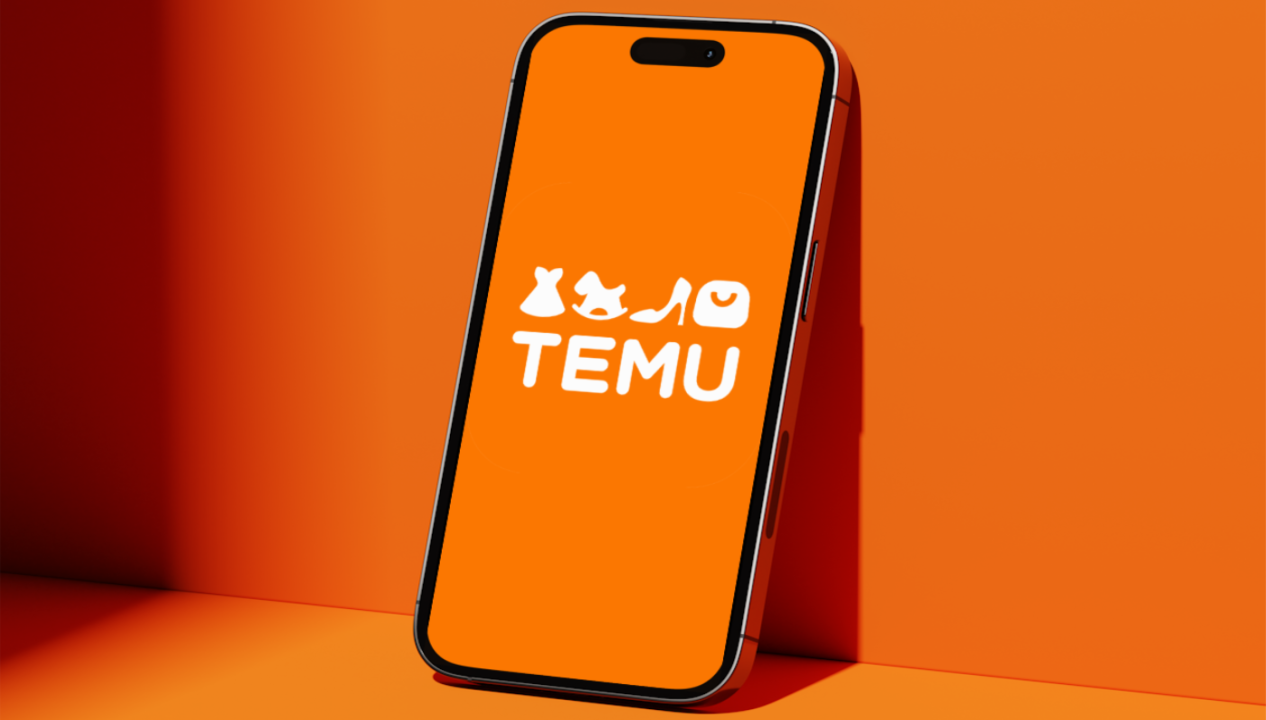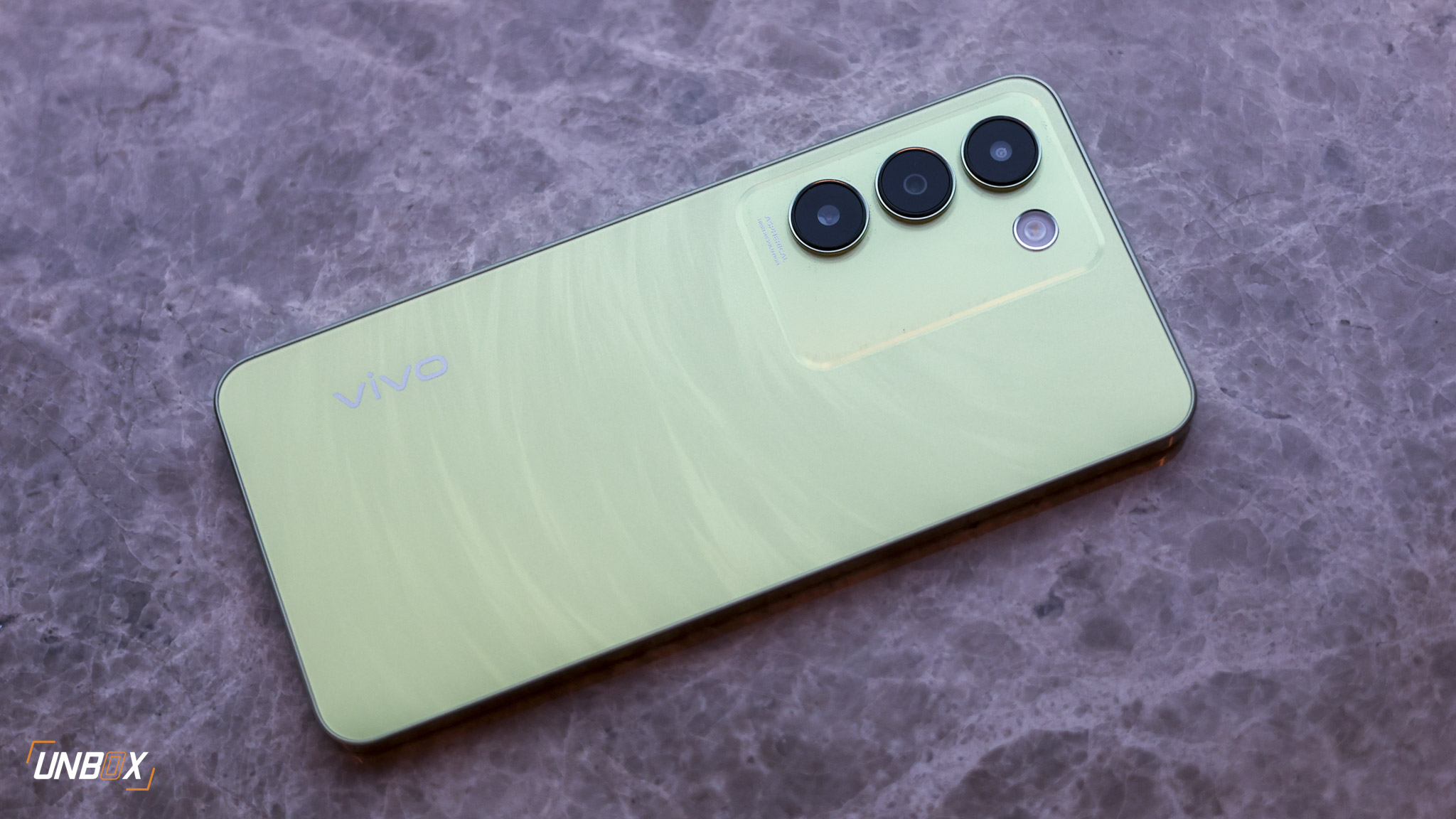Phones have taken a mostly uniform shape for more than a decade now with almost every single phone released this year looking roughly the same: a rectangular plastic or metal bar with a touchscreen on the front and cameras on the back. While there’s a huge variety in colors, design, and even materials, most phones on store shelves have relied on the same basic blueprint that Apple established with the first-ever iPhone.
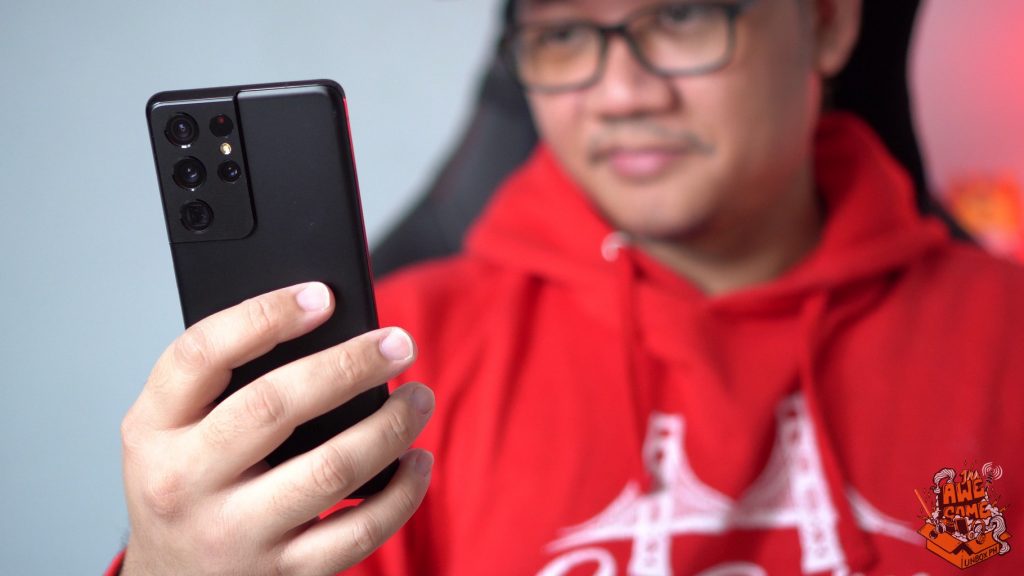
That’s set to change in the next few years, thanks mostly to the pioneering efforts of Korean tech giant Samsung. While there are now several companies that have announced or have released their own version of a foldable phone, the Korean company was the first to truly see the value of foldable smartphones, even after the less than ideal reception of their first attempt at the new form factor in 2019.
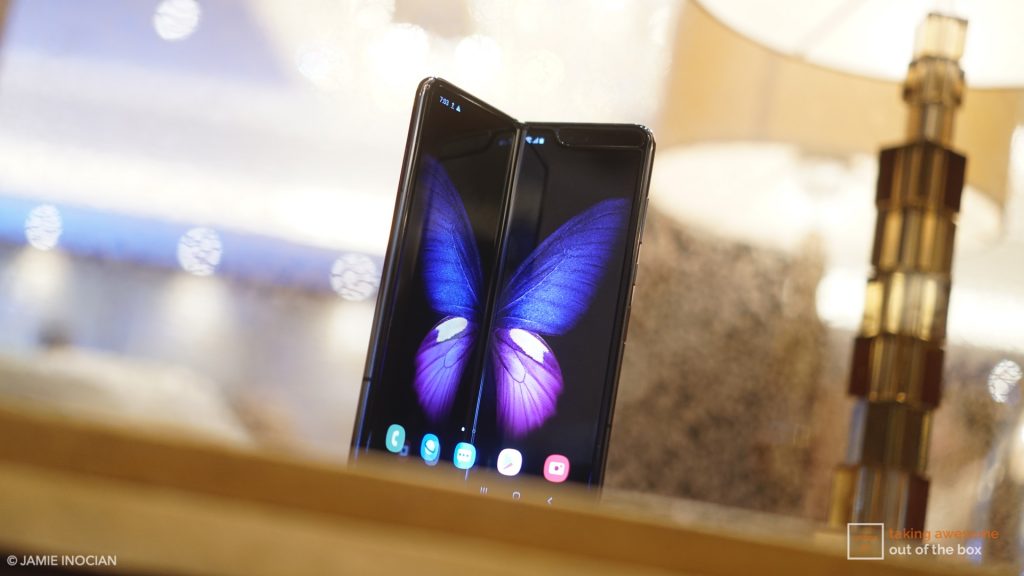
The original Galaxy Fold had its own problems and issues, but it proved that a company could in fact build a phone that had a foldable screen for the mass market. I’m using the word mass-market liberally here since Samsung really didn’t sell a lot of the original fold because of its aforementioned issues, but they proved it was possible.

Fast forward to 2021, and we’ve seen incredible improvements in terms of design, durability, and more importantly, price, to Samsung’s new foldable. While the Galaxy Z Fold3 5G is still expensive, it’s no longer so pricey that only tech enthusiasts with deep pockets can afford it.
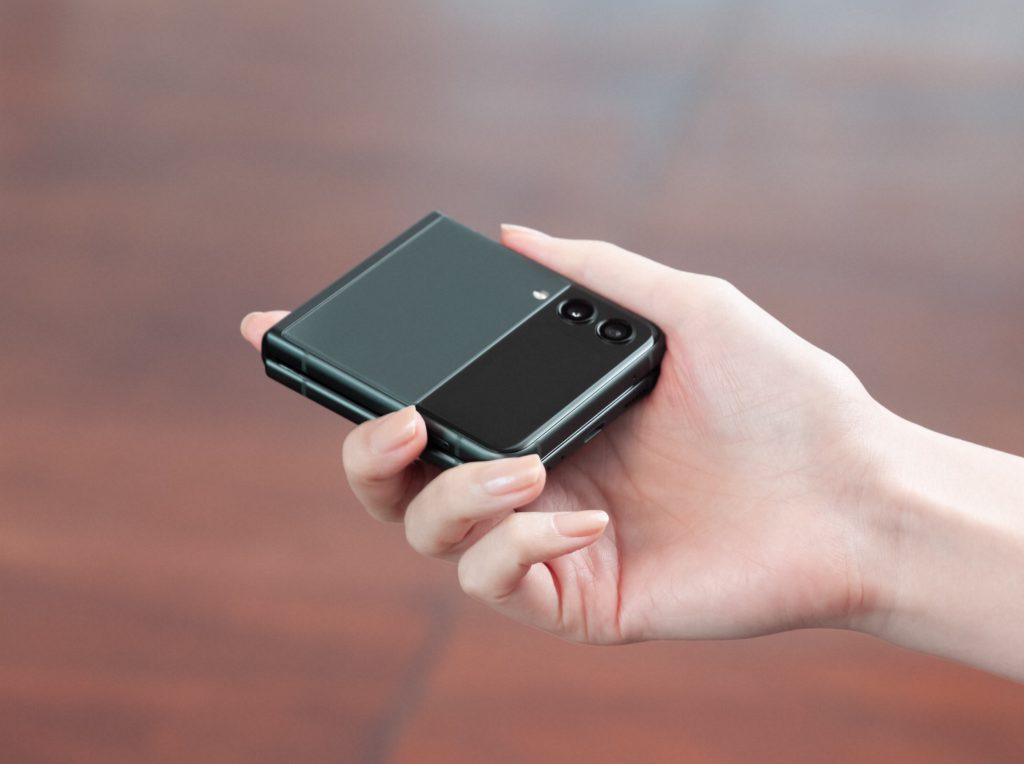
The Galaxy Z Flip3 5G, on the other hand, is the future of foldable as far as the mass market is concerned. Samsung has found a way to engineer a foldable that’s not only tough but is water-resistant as well. The best part? It costs the same as Samsung’s regular non-folding flagships released earlier this year, putting the device firmly within the reach of people who regularly upgrade to high-end devices every two to three years.

Samsung isn’t the only one looking at foldable either. Xiaomi has already released their first foldable in the form of the Mi Mix Fold released earlier this year. Motorola has dabbled in the foldable space as well, reviving its Razr brand just for that purpose. OPPO is toying with the idea of flexible screens, and Huawei is already on its second iteration of its own foldable released this year.
There’s plenty of reasons why companies are looking at foldable for the future: the form factor gives them plenty of flexibility in terms of design, which gives each brand a way to differentiate itself from their competitors. Foldable phones also allow manufacturers to give consumers even bigger screens than what’s possible with current smartphone designs without making those phones unwieldy to use.
The future is bright for foldable, and the work that Samsung and other companies in the space are exciting to see. Thanks to the flexibility that the new form-factor gives manufacturers, we can expect to see even more unique, and more importantly, affordable, foldable phones by 2022.


